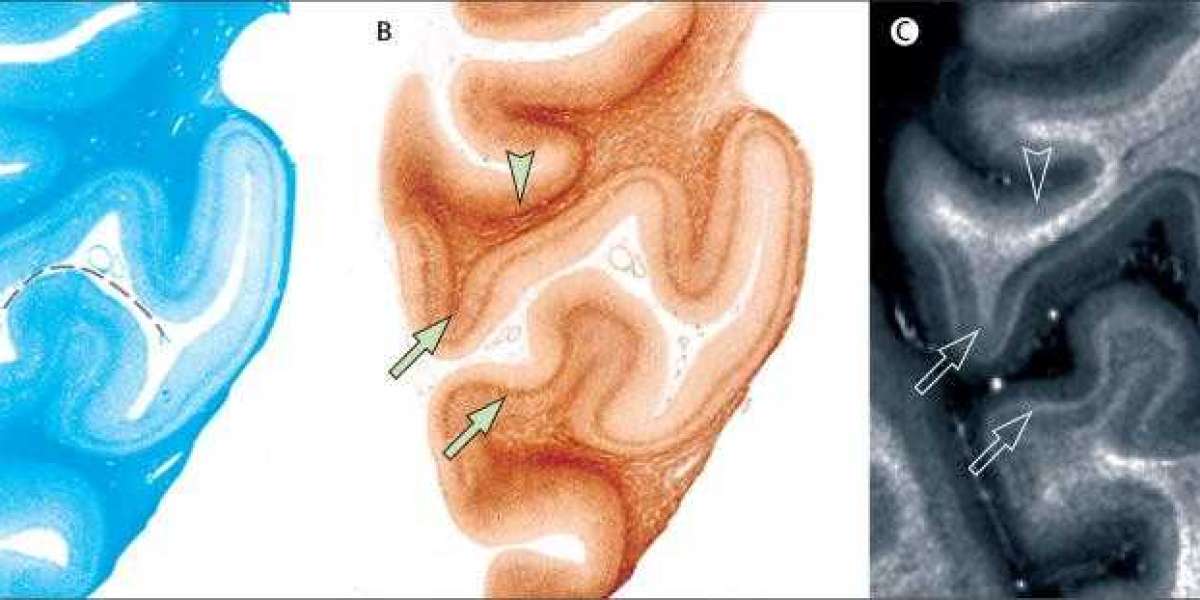Protein aggregation of α-synuclein and hyperphosphorylated tau proteins in neurodegenerative diseases have been shown to be triggered in vitro by elevated concentrations of trivalent iron. Inclusion bodies containing damaged or aggregated proteins may lead to endoplasmic reticulum stress, a common feature of several neurodegenerative disorders.
Alzheimer's Disease: High levels of iron are present in insoluble amyloid plaques and neurogenic fiber tangles characteristic of Alzheimer's disease. Focal accumulation of iron may deprive other brain tissues of these essential metals, leading to abnormal neuronal function.
Parkinson Disease: Patients with Parkinson's disease have increased total nigrostriatal iron concentrations, and the high concentrations of iron detected in the substantia nigra may exceed the iron-buffering capacity of complexes such as neuromelanin and ferritin and may induce neurotoxicity.
Friedreich's Ataxia: Friedreich's ataxia (also known as FA or FRDA) is a genetic disorder that causes progressive damage to the nervous system. It can lead to muscle weakness, speech difficulties or heart disease.
Multiple Sclerosis: Elevated iron concentrations occur in specific brain regions in multiple sclerosis, most notably in deep gray matter structures, and increase in many deep gray matter structures as multiple sclerosis progresses.
Huntington's Disease: Alterations in brain iron metabolism with increased iron accumulation were identified in the striata of patients with Huntington's disease and in particular the basal ganglia.
Restless Legs Syndrome: Restless legs syndrome is characterized by reduced iron function. The reduced iron concentration in the substantia nigra of patients with restless legs syndrome correlates with the severity of the disease.
Mitochondria Iron Metabolism Abnormalities in Neurodegenerative Diseases
In Friedreich's ataxia (FA), mutations in mitochondrial FXN lead to impaired Fe-S cluster biogenesis, which further leads to disruption of iron metabolism and an increase in mitochondrial iron content. In Huntington's disease (HD), the presence of mutant mHTT leads to increased sensitivity of NMDA receptors, and mHTT interacts with mitochondria, resulting in impaired mitochondrial membrane permeability.














